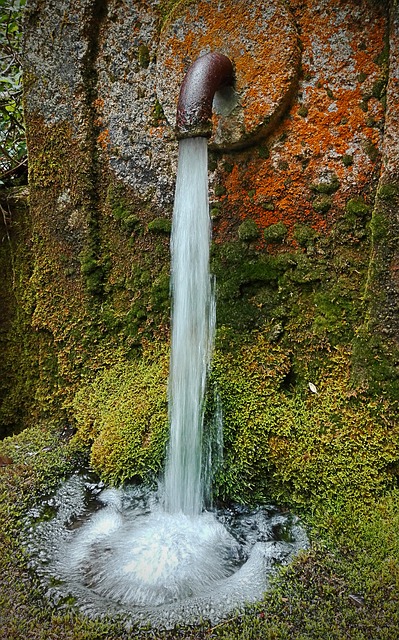What Is Spring Water?
Spring water comes from natural springs, freshwater ponds and streams, which originate from underground aquifers and exist in different sizes in most parts of the world. Some sources are better known than others for their drinking water, and the mineral content can vary dramatically from one place to another.
Springs are not limited to the Earth’s surface, though. Recently, scientists have discovered hot springs at depths of up to 2.5 kilometers in the oceans, generally along mid-ocean rifts (spreading ridges). The hot water (over 300 degrees Celsius) coming from these springs is also rich in minerals and sulfur, which results in a unique ecosystem where unusual and exotic sea life seems to thrive.
Minerals in Spring Water
Bicarbonate. Spring waters contain a varying level of bicarbonate. Still, waters contain tens to hundreds of mg/L, and sparkling waters contain several hundred to thousands of mg/L of bicarbonate.
Uses: Bicarbonate which is present in all your organs and biological fluids acts as a buffer to sustain the proper pH level in your body. Bicarbonate plays a vital role in the maintenance of your overall health. A mixture of bicarbonate and water can soothe your upset stomach which is caused by excess acid production. Bicarbonate may prevent kidney stones and lessen fatigue in athletes. Even your stomach secretes bicarbonate to aid in digestion.
Sodium. Sodium content varies widely from one brand of spring water to another. Experts recommend that people on a low sodium diet check out each brand of bottled spring water before purchasing.
Uses: Sodium is most recognizable when you combine with chloride as table salt. It helps to adjust the water level in the body. When sodium moves between individual cells, it helps produce electrical signals. This action allows the brain to communicate with the central nervous system and muscles. A sodium-rich diet can cause high blood pressure.
Calcium. A September 2006 article published in HSS Journal states that calcium concentration of water varies from 1 to 135 mg/L across USA and Canada. Most spring waters have a low level of calcium with an average of 28mg/L.
Uses: The largest percentage of your body’s calcium resides in your bone tissue. The remaining calcium circulates in the blood, and you can find it in other body fluids and cells. Calcium which is famously known for bone and dental health also helps in blood clotting, muscle development, and central nervous system functioning.
Magnesium. The Northbrook Natural Australian spring water contains 3mg/L of magnesium. Most U.S. spring waters typically contain low levels of magnesium.
Uses: Magnesium is a vital mineral in your body structure and function. It plays a crucial role in energy production, control of muscular contractions and nerve signal transmission.
Is it Safe to Drink Spring Water?
It depends, if spring water has been tested and filtered, otherwise it may contain chemicals and bacteria.
Mineral rich spring water will slightly have neutral or slightly high pH. If you drink alkaline water, it will help to reduce acidity in your body and contributes to lessening the amount of free radical damage. Spring water has a refreshing taste that is unequaled by other waters.
So, should you feel confident about filling the water can with spring water and drinking it? The answer is no; you should be cautious. The spring water reaches the collecting point it could have bacteria, viruses, chemicals and parasites. The spring water might even contain animal waste. Waterborne organisms such as Cryptosporidium, Giardia, and E. coli can cause nausea, vomiting, and diarrhea.
Spring water may also contain chemicals that could cause long-term health effects such as kidney and liver damage, nervous system disorders and congenital disabilities. Drinking contaminated water can be life threatening for babies, children, elderly and immune-compromised individuals.
You must not drink water from roadside springs or other untreated drinking water sources. Instead, drink water from a regulated public water system or properly maintained drinking water supply well. The water from this source of spring is treated, disinfected and monitored on a regular basis. You can also go in for health department certified bottled spring water.

